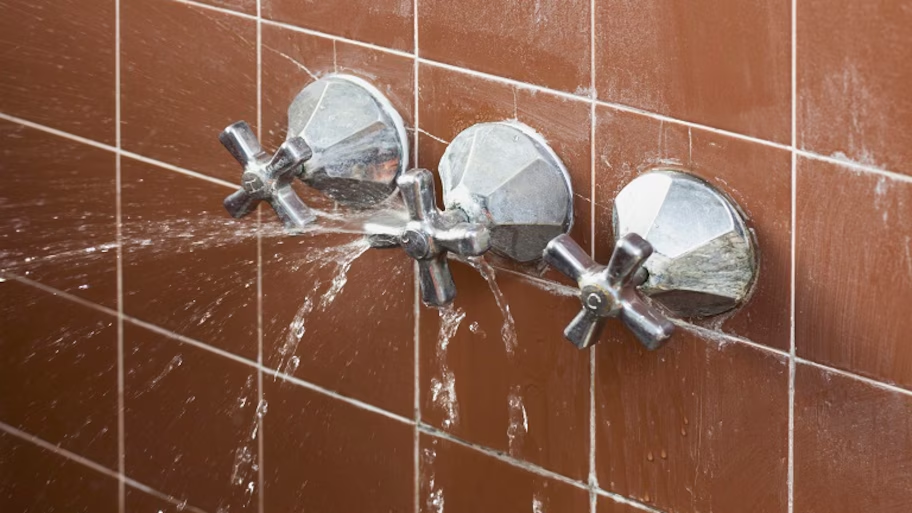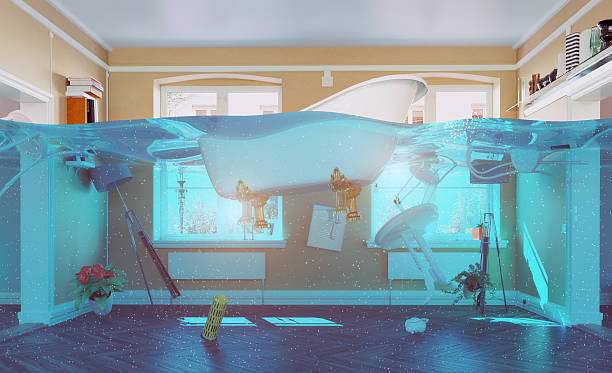Usual Sources Of Water Damage in a Bathroom
Usual Sources Of Water Damage in a Bathroom
Blog Article
We've unearthed the article on How to Repair and Prevent Bathroom Water Damage? down the page on the internet and believe it made sense to discuss it with you on this site.

Water damage often takes place in the restroom as a result of the water utilized daily. Often, the damage could be a little mold and mildew from the shower. Other times, it's massive damages on your floor. Whatever it is, it is constantly excellent to understand the cause as well as prevent it prior to it happens.
This overview will experience some of the usual reasons for water damage in the washroom. We will additionally examine what you can do to avoid these causes from damaging your washroom. Let's dive in.
These are the usual reasons you would certainly have water damage in your bathrooms as well as how you can find them:
Excess Wetness
It's cool to have that lengthy shower and sprinkle water while you hem and haw as well as imitate you're carrying out, yet in some cases these acts can cause water damage to your washroom.
Splashing water around can trigger water to go to corners and also form mold and mildews. Watch exactly how you spread out excess moisture around, and also when you do it, clean it up to prevent damage.
Splits in your wall ceramic tiles
Bathroom wall floor tiles have been specifically made for that purpose. They secure the wall surface from moisture from people taking showers. Nonetheless, they are not unbreakable.
Sometimes, your shower room wall surface tiles fracture and enable some dampness to seep into the wall surface. This could potentially damage the wall if you don't take any kind of action. If you discover a split on your wall ceramic tiles, repair it immediately. Don't wait till it damages your wall.
Overruning commodes and sinks
As people, in some cases we make errors that can cause some water damage in the restroom. For instance, leaving your sink faucet on could cause overflowing as well as damages to various other parts of the bathroom with wetness.
Likewise, a damaged toilet could create overflowing. For example, a damaged bathroom take care of or various other parts of the cistern. When this happens, it could damage the flooring.
As quickly as you see an overruning sink or toilet, call a plumbing to assist take care of it promptly.
Ruptured or Dripping Pipelines
There are several pipes carrying water to different parts of your bathroom. Some pipes take water to the toilet, the sink, the taps, the shower, and numerous other locations. They crisscross the little area of the restroom.
Every now and then, these pipelines might obtain rustic as well as burst. Other times, human action could cause them to leak. When this happens, you'll find water in the edges of your washroom or on the wall surface.
To detect this, keep an eye out for gurgling wall surfaces, molds, or mildew. Call a professional emergency plumber to repair this when it takes place.
Roofing Leaks
In some cases, the problem of water damage to the bathroom might not originate from the shower room. For instance, a roofing system leak can create damage to the restroom ceiling. You can spot the damages done by considering the water spots on the ceiling.
If you find water discolorations on your ceiling, examine the roofing to see if it's damaged. After that, call a specialist to assist solve the concern.
Verdict
Water damage to your restroom can be irritating. Nonetheless, you can manage it if you avoid several of the reasons discussed in this overview. Call an expert emergency plumbing professional if you observe any extreme damage.
How to Repair a Water-Damaged Wall in the Bathroom
All you need to know to repair bathroom wall water damage – from identifying the water source to finishing the repair professionally. If you don’t act quickly to resolve a water damage problem, you could find that it develops into a mold issue and/or cause structural damage to your home. Follow this guide to repair your bathroom before it's too late.
All you need to know to repair bathroom wall water damage
Water damage is a common household problem, and one that, if left unrepaired, can quickly lead to structural problems and health issues. The two most likely rooms where water damage may occur is the bathroom and the kitchen – where water is used often and there is high humidity.
What is water damage?
It is easy to think of water damage as caused by a flood or leaking tap or burst water pipe. However, when water damage is assessed, there are three main categories into which water falls (as classified by the American National Standards Institute). These categories are defined as:
Category 1 Water – ‘Clear Water’
This is sanitary water. There is usually no major threat to health by washing with this water, drinking it, or inhaling if it is streaming. Most water that enters your home will be category 1 water, while most water leaving your home will be either category 2 or 3 water. It may also come from melting snow, rainwater and water tanks.
Damage caused by this type of water can usually be repaired or restored, though this doesn’t mean that there are no potential health issues.
Category 2 Water – ‘Grey Water’
This is contaminated water – sometimes considerably so – and will cause illness if consumed or if it comes into contact with your skin. Water damage in this category is often caused by overflows from toilet bowls, and damage to washing machines and dishwashers. While damaged items might still be repaired or restored after damage by grey water, it is more difficult and more expensive to do so.
If the water damage in your home has been caused by grey water, it is advisable to have repairs made by professionals.
Over time, grey water will deteriorate and become black water.
Category 3 Water – ‘Black Water’
Category 3 water, also known as black water, is highly contaminated and a great risk to health. This may contain raw sewage, heavy metals, and other toxic substances. It will smell terrible.
If this is the water that has caused damage in your bathroom, do not touch it. Stop the water flowing if possible, seal the room and call the experts: it really isn’t worth the risk of ill health and disease that could be fatal. It is very unlikely that items can be repaired or restored if they have been damaged by black water.
https://www.porterscleaning.com/blog/how-to-repair-a-water-damaged-wall-in-the-bathroom/

I hope you liked our section on How to Repair and Prevent Bathroom Water Damage?. Thank you so much for taking the time to read our blog post. If you appreciated our blog post kindly remember to share it. Thanks for your time invested reading it.
Call Us Now Report this page